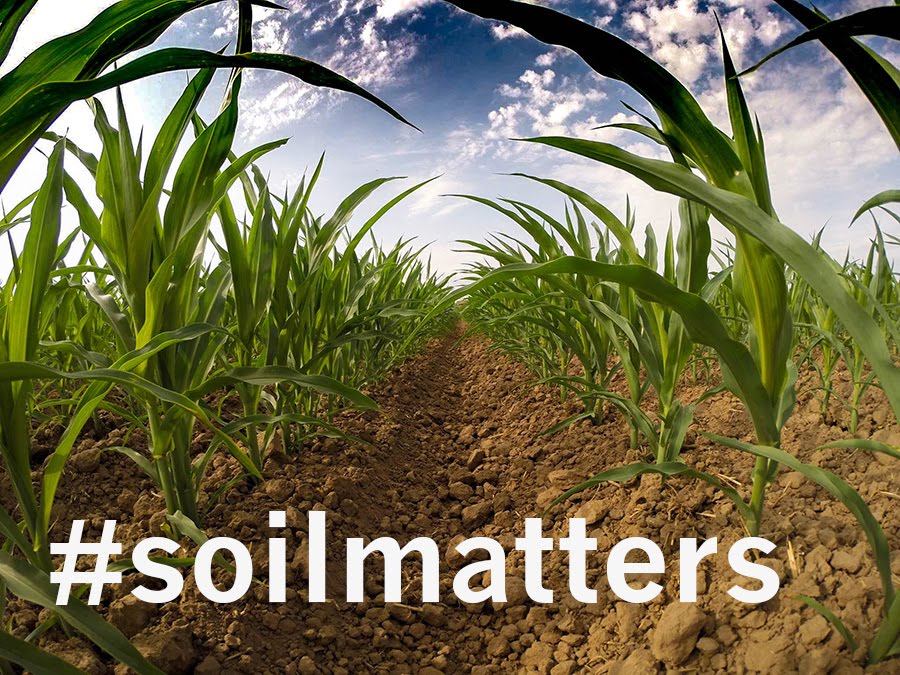Man is as healthy as the soil he lives on. Plants must take
from the soil those properties which, as herd feed, produce the kind of animals
that give good milk and produce healthy calves. Man’s best proteins, as in
milk, eggs, and lean meat, must be brought from the soil through this vital
life line. To be well fed is to be healthy, but to be filled up does not mean
to be well-fed.
Carbohydrates have been at the head of the foods list, with
proteins second, but proteins and the mineral elements have not been commonly
considered together in their close association. They have been classified as
those compounds containing nitrogen in total to the extent of about 16%. It is
this lack of complete understanding of the protein compounds, of their
functions in our bodies, and of the services by the inorganic elements
connected with them that much of the irregularity in being well-fed arises.
Feeding for health calls for foods and feeds that are more than mere bulk for
filling purposes. It demands the appreciation of some physiology, and some
comprehension of body functions. Rather than rebuild the fertility of the soil
to nourish the tired crop, we have researched the corners of the world for
another crop to take its place. By this procedure we have introduced more crops
that are making vegetative bulk, and are producing less of real nourishment for
animals. They have been called “hay crops, but not seed crops”.
Carbohydrates, composed mainly of air, water, and sunshine,
are amply produced for fattening services, but proteins are becoming scarcer in
feeds, which means increasing troubles in the health and reproduction of the
animals consuming them. While failing to see the declining fertility of the
soil responsible for less milk, less meat, and poorer reproduction, we are
calling for more artificial insemination and other procedures looking more
toward improved breeding than improved feeding. Legume plants have long been
the cow’s choice among forages, probably because of the higher concentrations
of proteins and inorganic elements in these nitrogen-fixing feeds. Is it
possible that the instinct of the animals is directing them to recognize these
better proteins when they break from the fertility exhausted soils to graze the
grass on the still fertile soil of the highway? It is only when our soils are
better in terms of all the essential elements, that they can grow the complete
proteins. They should be complete as regards all the eight or ten different
amino acids recognized as required for survival.
Instead of turning to drugs and vitamins to meet our health
problems it may be more advantageous to find out how best to feed the soil.
Soils are the basic resource not only for feeding cows, but also for feeding
humans as well. Perhaps there are still enough humans in close contact with the
soil, and perhaps enough thinking folks, to carry the responsibility of leading
us to undertake the conservation of it and to manage its food potential wisely.
If so, then our population may be balanced against its chance for all to be
well-fed – and thereby healthy.
-
Excerpt from Albrecht’s Hidden Lessons – The Albrecht
Papers Vol. 3 – W.A. Albrecht p. 342-343












No comments :
Post a Comment